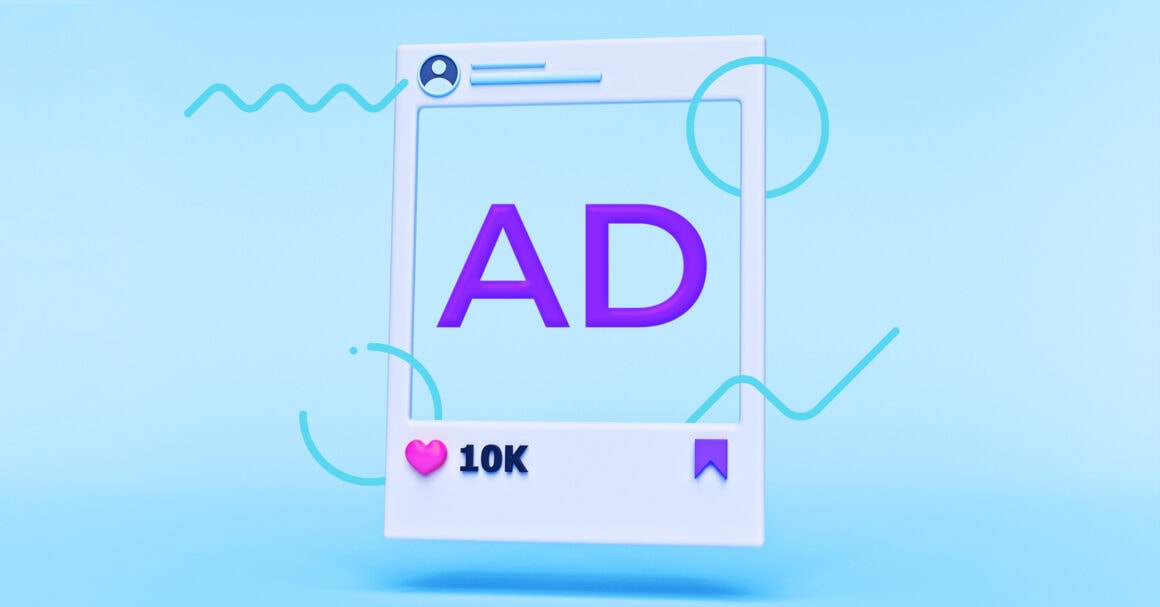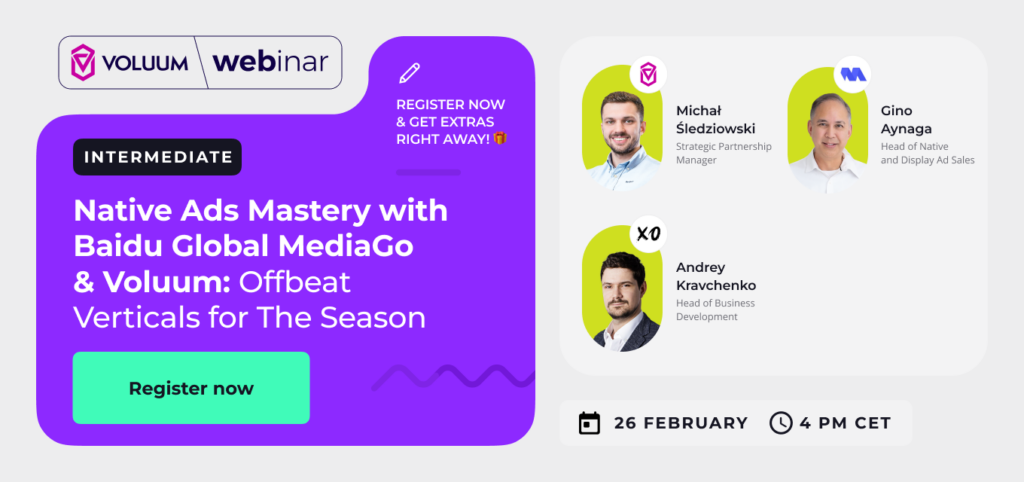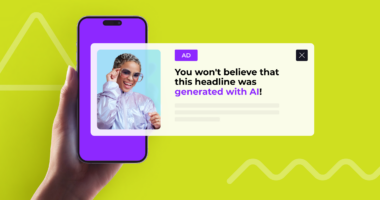So you’ve been hearing a lot about “programmatic native”, “mobile native advertising”, and “RTB native advertising”. Is it all the same and what does it have to do with content marketing? In this article we want to go through native advertising basics: definition, ad formats, benefits, and examples.
So, basically, native advertising is the type of ad, programmatic is the process of buying these native ads, mobile is the device type these ads run on, and RTB is the bidding strategy used to buy ad placements. And no, native advertising is not content marketing. Although it’s easy to see why the two get confused.
Native Advertising: Definition
We call it native advertising when paid ads are made to look like a part of the organic editorial content and media they appear on. If you read articles or news websites, you’ve probably seen them.
While display ads are easily identified on a webpage, native ads match both the form and function of editorial feeds. They melt into the website or app and become a part of the page flow. Hence, coming across native ads doesn’t mess up a user’s experience.
Better yet, the native creative evokes interest in the reader and gets a click-through without the user even knowing it was an ad. These basically are the most important native content advantages over display advertising.
Native Advertising Examples
The 3 common types of native advertising are:
- In-feed ads
- Search and Promoted Listings
- Content Recommendations
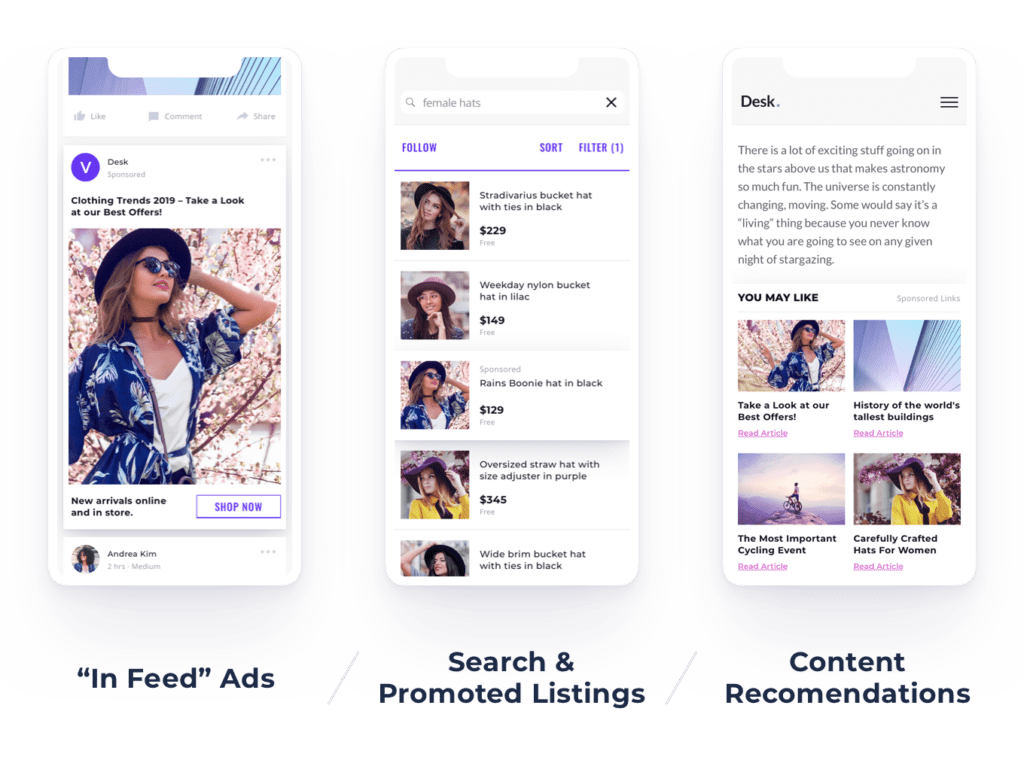
In-feed Ads
Probably the most popular form of native advertising. In-feed ads are placed in articles and content feeds similar to the ones you see on social networks like Facebook, Instagram, and Reddit. You can see an example of a promoted native ad design in a Reddit news feed below:
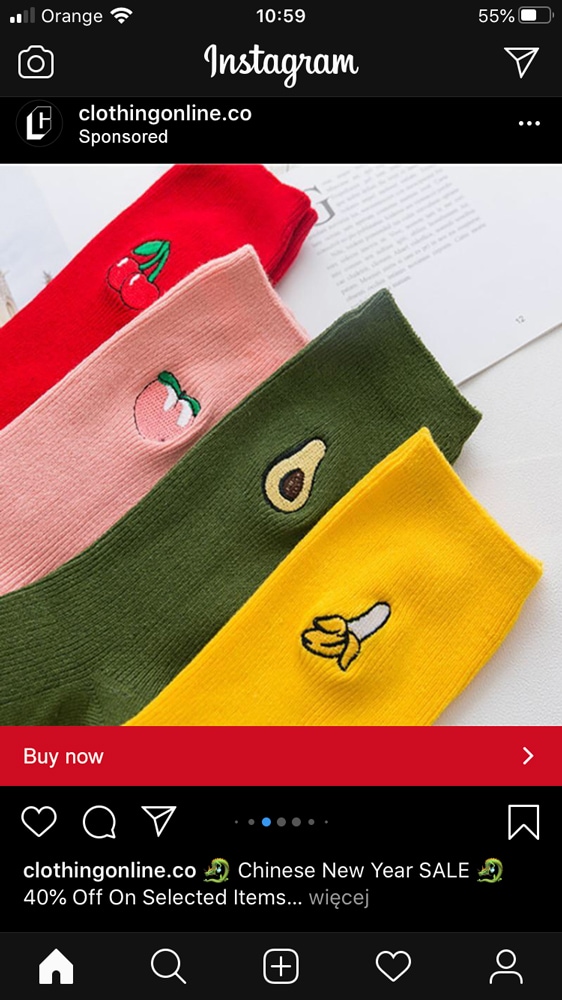
As you can see, there is a “Promoted” tag on the native ad, but its layout is identical to the Reddit posts before and after the ad. Sites like Facebook and Reddit can maintain the user experience of their platforms by monetizing native advertisements that fit organically into the newsfeed instead of relying on flashy in-your-face banner ads.
Paid-Search Advertising
Paid search ads (like Google Ads) display advertisements targeting the keywords a user searched for. The below example is how Google Ads uses native search advertising to display the paid results at the top and right side of the organic search results:
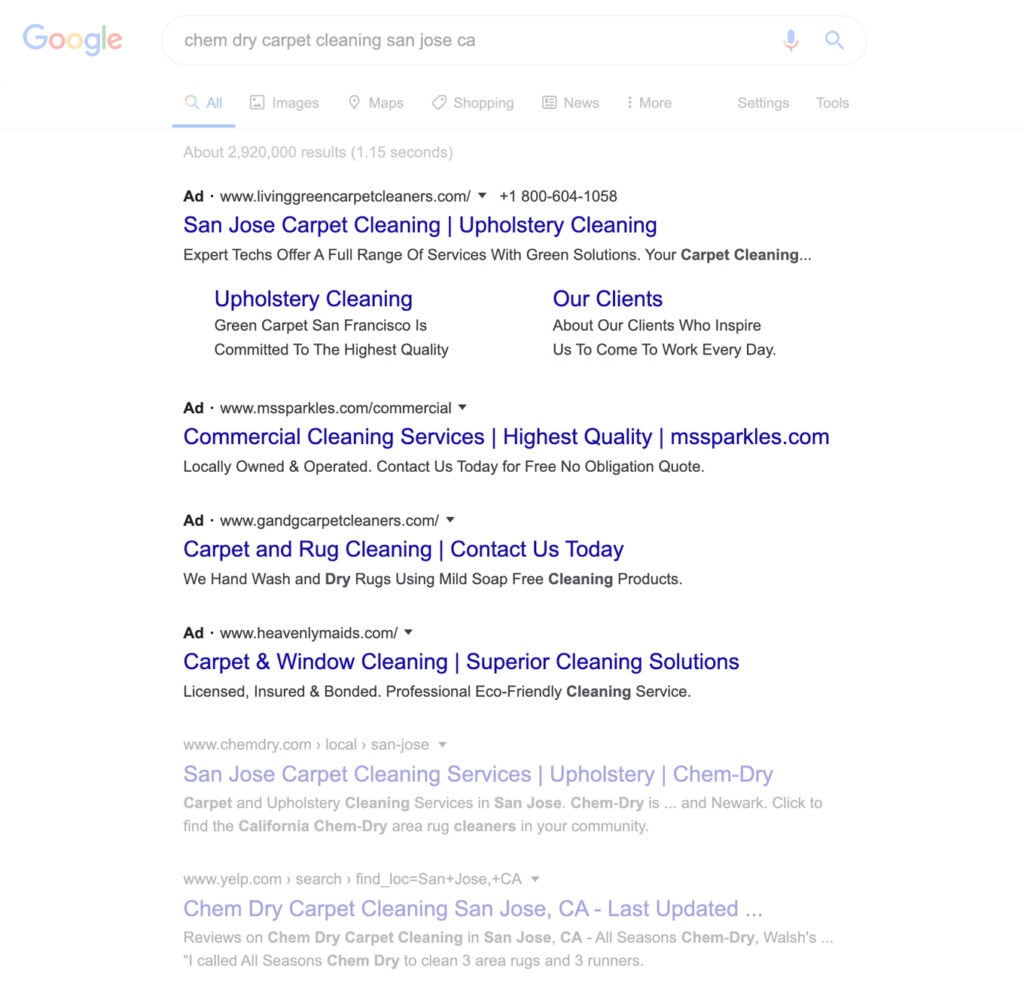
Paid search isn’t limited to Google only. Many websites can utilize search engines within the pages of their site to display organic searches and run their own paid-search ads as well. They are considered as native because they appear as if they were organic search results.
Promoted Listings
Sites that are eCommerce, product, or service driven can list advertised products as “Featured Deals”. You can see below that Expedia has a special space on their website for recommendations of vacation deals next to hotels that want to buy the ad space.
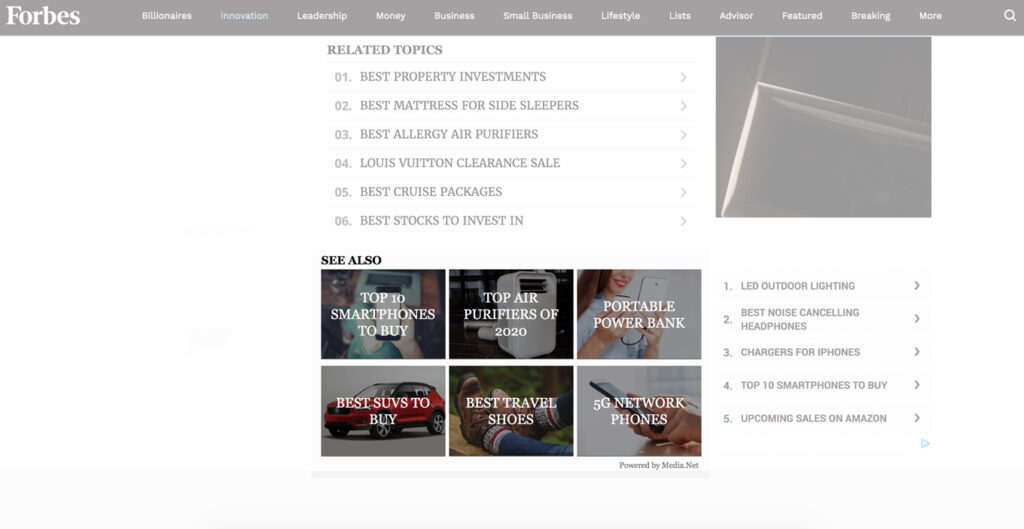
As long as sites only run advertisements related to the theme of their site, featured deals appear perfectly natural and coherent with the organic content on the site.
Content Recommendations
Recommendations often appear at the bottom of a piece of native advertising content. They are less visually integrated with the page but, instead, focus on suggesting content relevant to what a user has just read. Usually they are located in blocks labeled as “recommended for you”, “see also” or “you also might like”.
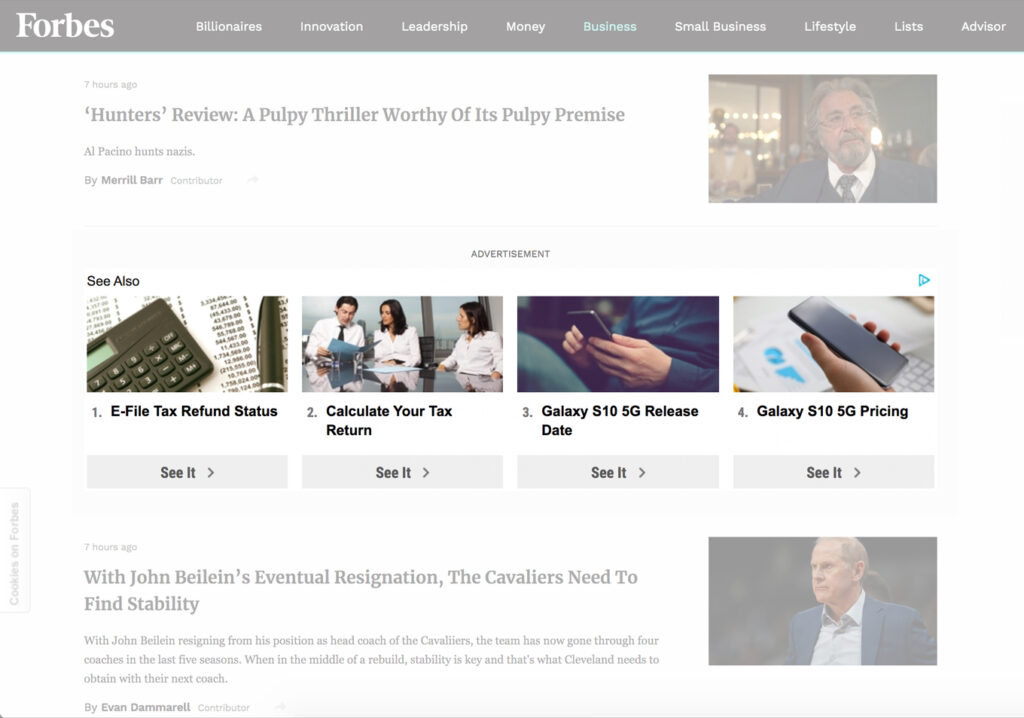
Finding the right fit.
Native ads are great and each format obviously comes with its own set of advantages. Sadly, just deciding on going native won’t cut it. Even though they’re powerful and prove to perform well with online audiences, not all native formats will work with your type of business. And deciding on what to do blindly is not going to take you very far.
So how can you make sure you’ve found the right match? By testing. In order to test you need data, so you have to track your campaigns. Doing it manually is possible, of course, but why make your life more difficult when there are great tracking tools out there just waiting for you to use them.
Tracking with Voluum allows for easy desktop and mobile ad tracking of all your campaigns in one place. The reliability of a precise tool cannot be underestimated – nothing will slip through our filters and with our vast array of features A/B testing, and optimizing, will be a walk in the park.
Everything you want to know about Voluum is waiting for you here.
Native Advertising versus Branded Content
Sometimes the two terms are used synonymously. Yet digital marketers should understand how they differ. While branded or sponsored content is to build credibility in the eyes of the target audience, the ultimate goal of native ads is to bring leads and drive sales.
In other words, branded content is used to generate conversation around the brand itself whereas native ad is to generate performance. Branded content very often involves some kind of collaboration and sponsorship and tells a story to a consumer. Native ads, in turn, focus more on the product rather than the value proposition.
If you’re wondering which one is more effective – native advertising or sponsored content – there’s no right answer. It all depends on your campaign goal, your budget, and audience insights. One thing to remember is that the more relevant distribution media you use, the more chances of winning you have.
8 Benefits of Native Advertising
Native ads are more and more popular with digital marketing advertisers across branding and performance marketing alike. It owes its fame to eight main benefits:
1. The Best Fighter Against Ad Fatigue
You are familiar with advertising fatigue and banner blindness as both an advertiser and a user. If you are a regular Internet user interested in anything from renting a car to coding your website, you’ve probably learned to channel out ads. Based on the research people look at native ads 53% more frequently than display ads.
Flashy red arrow to a “Click” button? Ignore. Video ad interrupting your Youtube session? Skip. Still too much? Get an Ad Blocker. Native advertising disadvantages? No such a thing!
2. Higher CTRs
Native ads usually see up to 5-8x higher CTRs than on-the-nose pop-ups and bulky banners. In particular, they drive high-performance on mobile devices and tablets, where people are spending an ever-increasing amount of time. Especially Millennials love mobile native ads. Based on the research 80% of Millennials say in-feed native ads are a good user experience
3. Great Sharing
Have you ever seen a banner ad shared? Not really, right? Since native ads are woven into informative content, they have a greater chance of going viral. According to the study by Sharethrough around 32% of customers were likely to share a native ad with a friend, family member, or social media followers, versus only 19% who would be willing to share a display ad.
Therefore native advertising not only improves engagement levels and brand awareness but also brings a great deal of opportunities for advertisers to build relationships based on credibility through interaction.
4. Better User Experience
Native ads look like part of the user interface. No doubt, good native advertising can enhance the user experience. When consumers see ads for products or services relevant to their interests, they are more likely to convert for the advertiser and are more likely to return to the publisher’s website.
According to Reuters, around 75% of consumers say that, if content piques their interest, then they will very likely engage with it. And it doesn’t matter if the content is branded or not. It’s a win-win for both the user and the advertiser.
5. Ad Blocker’s Buddy
Not only do users tend to subconsciously ignore ads, but more and more people actively install ad blockers as well. Once enabled on a browser, ad blockers find advertising widgets and wipe out all ads. The rising popularity and emergence of browsers with built-in ad blockers has created quite a scare for the digital advertising community.
How do native ads help here? Do ad blockers also block them? Technically yes, if native ad widgets are rendered on websites using the same javascript, blockers will find it.
It creates a real challenge for native media buying, but at the same time, it offers an opportunity. The opportunity to take native advertising to the next level using better quality, tools, and technology.
It turns out that what native advertising combats aren’t the technical prowess of ad blockers, but the core of the problem. After all, native advertising formats are all about reducing the need for ad blockers because ads are less invasive to the user experience.
6. Empower Customers
When customers have a problem, they look for a solution they can rely upon, not a product. If a web user searches for “anti-stress tips,” he or she is looking for ways to reduce daily stress levels, not products to do so. However, they may be interested in purchasing a product if it has the required benefits.
In fact, customers highly appreciate valuable native content from brands that seem to want to provide assistance and empowering information, rather than simply make money.
7. It’s Mobile-Friendly
Native ads blend in with the “organic” content of the website, they are absorbed in the same manner and work seamlessly with mobile sites. This means that advertisers don’t have to generate any device-specific adjustments to their ads between mobile and desktop. One piece of copy does the job, no matter where the potential customer is viewing from.
8. Full Transparency
Finally, one of the best benefits of native ads is that they are clearly marked as sponsored posts, so the user doesn’t feel fooled or tricked into clicking on the ad. Thanks to full transparency, web users know it’s an advertisement and as the algorithm is designed to display native ads only where they’re truly relevant, the advertiser receives credibility.
Native Advertising campaign set up – good practices
Starting with a new ad format might seem a bit confusing at first. But it’s worth taking the leap, especially with native – its proven effectiveness and growth potential is a promise of online success like no other.
These 4 basic steps will help you guide your way through the beginning if you haven’t advertised native ads yet:
- First, decide on the offer or product you want to advertise.
- Second, pick the right publishers or category of websites you want to run your campaign. Also, make sure you set your ad campaigns up with the relevant targeting like geo, device, OS, mobile carrier, etc.
- Third, do your competitive research and build your creatives and landing pages. Remember that the visual value of your ad is just as important as the content.
- Fourth, run your advertising campaigns and keep an eye on the performance by tracking with Voluum.
Why is tracking so important? That is the ultimate question but the answer is quite simple: without proper data, there’s no way to accurately measure what works, what’s unnecessary, and what practices to implement to boost your campaigns.
Voluum is here to take the load of manually gathering data off your shoulders and eliminate guesswork. Thanks to our advanced cookieless tracking solutions and automatic optimization tools you can dig deep into your analytics and performance to precisely pinpoint the qualities of traffic that send conversions your way.
Still not convinced? Take a look at some of our most sought features:
- Automizer – as the name suggests is an automatic optimization tool designed to help you make adjustments without having to think twice. We have over 40 integrated traffic sources, so you can run any campaign you want with us.
- Traffic Distribution AI – this function assigns more weight to offers that deliver better ROI.
- Rule-Based Paths – so you can segment your traffic based on pre-set rules for the campaign.
- Anti-Fraud Kit – it will analyze clicks to identify and prevent bots from wasting your budget by clicking on your offers / landing pages.
Guess what? These are not our only features. Listing them all here though would make the article too boring and too long, so you’re just gonna have to clik here to learn more.
A/B testing AI – What you need to know
A/B testing generative AI uses services such as ChatGPT, Microsoft Bing or Google Bard to quickly create multiple variations of a landing page that can be tested with Voluum and accepted or discarded quickly. What previously required a significant effort, now can be streamlined with generative AI.
The open access to large language models optimizes the way marketers operate. ChatGPT A/B testing saves them time and money, allowing them to concentrate their efforts on a bigger picture.
How does it work? Get free or paid access to any of these AI writing tools and provide an informative prompt. Don’t just write “Create a landing page for a following offer” but be more precise: define the length of the content, tone of voice and target audience. Decide on the language or even a variant of a language (American English or British English). You can even provide an example of a good copy and tell the AI to write something similar. Note that these language models are conversational in nature: this means that you can enter subsequent prompts regarding the topic (for example, you can ask AI to rewrite it a bit toward different language) and the machine will understand that you mean the previously generated content.
And what about headlines and CTAs? AI can write them too. It will not design the page itself (although it may suggest the best design patterns for a given offer) but copy-wise, you are set. No need for a dedicated content writer.
Takeaway
Native advertising has many undeniable advantages. It’s powerful and non-invasive which makes it the perfect type of online advertising to gain popularity with.
Remember about doing your research, testing campaigns, and allowing yourself a few trials and errors – that’s how you’ll know what works. There’s no one-size-fits-all approach to a triumphant online presence.
If you are new, you’re probably thinking “OK, great, I love the idea of native ads but how to start?”. Easy as one-two-three! Just read our article about native advertising best practices. Don’t guess check!
Still, have some questions? Contact us!
No banner with provided ID found
